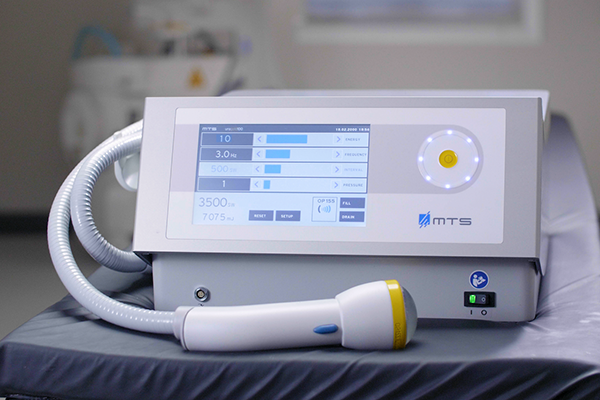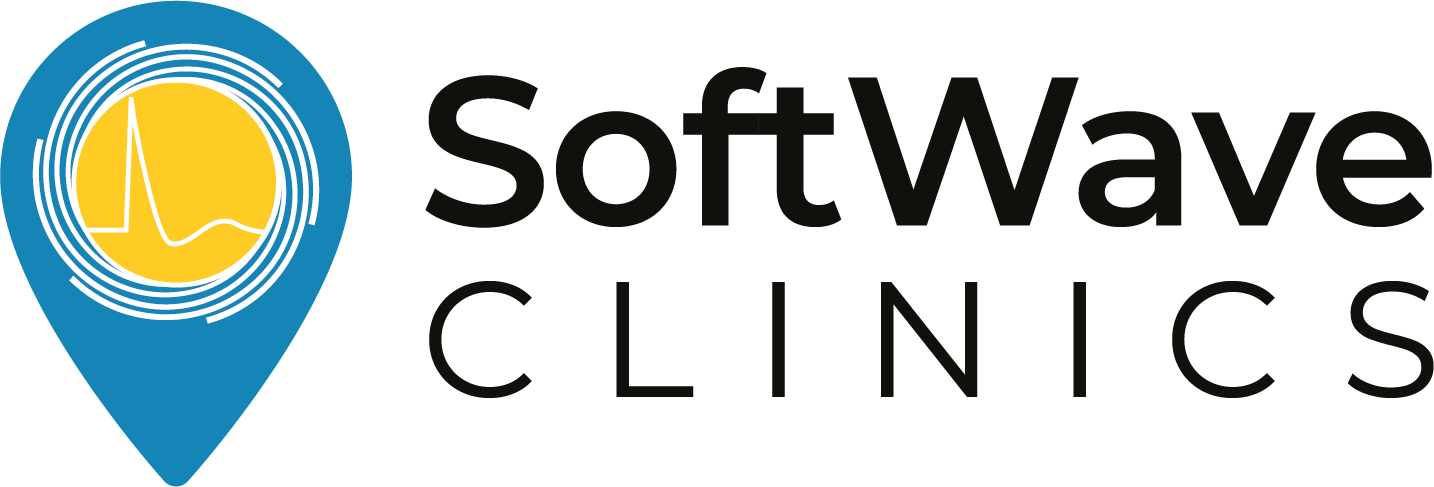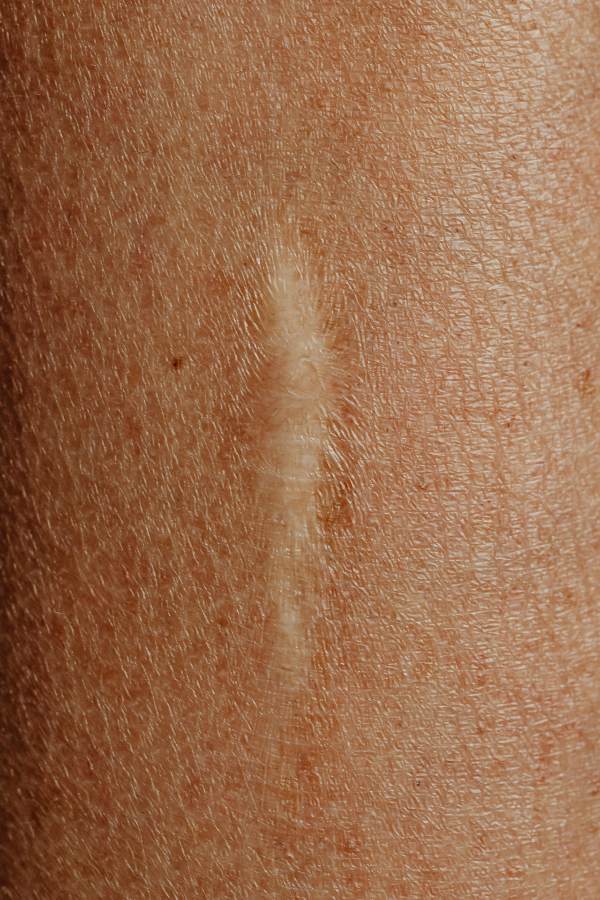The Chain Reaction: How Neck and Shoulder Pain Spreads to Your Arm
Pain in the neck and shoulder radiating down the arm creates a kind of suffering that can turn even the simplest daily tasks into challenging ordeals, making every movement a careful calculation. If you’re experiencing this type of pain, you’re likely familiar with the burning sensation that travels from your neck, through your shoulder, and down your arm – sometimes even reaching your fingers. This pattern of pain often stems from the complex network of nerves, muscles, and tissues that connect these areas of your body. When pressure or irritation occurs anywhere along the nerves, it creates a domino effect of discomfort that follows the path of your nerves.
Why Does Neck and Shoulder Pain Radiate Down the Arm?

Your cervical spine (neck) is a complex structure of bones, nerves, and muscles responsible for supporting your head and allowing movement. It also houses spinal nerves that extend through the shoulders, arms, and hands. When something irritates or compresses one of these nerves—whether from an injury, poor posture, or a spinal condition—the pain can follow the nerve’s path, spreading from your neck to your arm.
This nerve-related pain, often referred to as cervical radiculopathy, can interfere with your ability to grip objects, lift your arms, or even feel sensations properly in your hands and fingers. Identifying the cause of the compression or irritation is crucial to finding the right treatment.
Common Causes of Neck and Shoulder Pain Radiating Down the Arm
Many conditions can lead to nerve irritation in the neck, resulting in pain that spreads into the shoulder and arm. Some of the most common include:
1. Herniated or Bulging Discs
Between each vertebra in your spine are soft, gel-like discs that act as cushions. When a disc bulges or ruptures, it can press on a nerve, causing pain that radiates into the arm. This condition is a leading cause of nerve compression in the neck and is often triggered by aging, injury, or repetitive strain.
2. Degenerative Disc Disease
Over time, spinal discs naturally lose hydration and elasticity, making them more prone to wear and tear. As the discs shrink or deteriorate, they provide less cushion between vertebrae, increasing the risk of nerve compression and inflammation.
3. Pinched Nerve (Cervical Radiculopathy)
A pinched nerve occurs when bone spurs, herniated discs, or inflammation press against a spinal nerve. The pain from this condition can feel sharp, burning, or electric, and may extend from the neck down to the fingertips.
4. Poor Posture and Muscle Strain
Sitting for long hours at a desk, looking down at a phone, or sleeping in an awkward position can strain the muscles and ligaments in your neck. Over time, this leads to chronic tension, which can irritate nearby nerves and result in radiating discomfort.
5. Trauma or Whiplash Injuries
Sudden impacts, such as those from a car accident, sports injury, or fall, can cause misalignment or damage in the cervical spine. Even if the injury seems minor at first, it may lead to delayed nerve irritation and radiating pain.
6. Repetitive Motion Injuries
Jobs or activities that involve frequent overhead movements, heavy lifting, or prolonged use of the arms can put excessive strain on the neck and shoulders. Over time, this repetitive motion may lead to inflammation and nerve compression.
Recognizing the Symptoms of Radiating Neck and Shoulder Pain
Pain that spreads from your neck into your arm can present in different ways. Some people experience a dull ache, while others describe it as a sharp, burning pain or tingling sensation.
Common symptoms include:
- Sharp or shooting pain that starts in the neck and radiates down the shoulder and arm.
- Numbness or tingling, often in the fingers or hand, similar to the sensation of a limb “falling asleep.”
- Muscle weakness, making it difficult to grip objects, lift your arms, or perform daily tasks.
- Loss of reflexes, particularly in the biceps, triceps, or wrist.
If your symptoms persist, worsen, or interfere with your daily life, it’s important to seek medical attention.
What Should I Do If Neck And Shoulder Pain Is Radiating Down My Arm?
Addressing this type of pain early can prevent it from worsening. There are several conservative treatments you can try at home, along with medical interventions that may help if the pain persists.
1. Rest and Adjust Daily Activities
Giving your body time to heal is key to recovery. Straining the neck and shoulders with heavy lifting, repetitive movements, or poor posture can worsen the pain. While staying active is important, small adjustments—like improving posture at your workstation or using a supportive pillow—can make a big difference.
2. Use Cold and Heat Therapy
Cold therapy, like an ice pack wrapped in a towel, helps reduce swelling and numbs sharp pain, especially in the early stages. Heat therapy, such as a warm compress or heating pad, promotes circulation, eases stiffness, and relaxes muscles. Many people find alternating between cold and heat works best for relief.
3. Gentle Stretching and Strengthening
Keeping the neck and shoulder muscles flexible and strong can ease tension and reduce strain. Simple movements like chin tucks, shoulder rolls, and slow neck tilts improve mobility without overstressing muscles. Strengthening exercises can also support posture and help prevent future discomfort. Move slowly, and stop if any movement increases pain.
4. Seek Medical Guidance
If the pain lingers or worsens, a doctor, chiropractor, or physical therapist can help pinpoint the cause and recommend the right treatment. This may include imaging tests, physical therapy, or other targeted interventions to address the root of the problem rather than just the symptoms.
Treatment Options for Shoulder and Neck Pain Radiating Down the Arm

Finding the right treatment for neck and shoulder pain that spreads down the arm depends on its cause and severity. Many people benefit from non-invasive therapies, while more persistent cases may require medical intervention. Exploring different approaches can help relieve pain, improve mobility, and prevent further discomfort.
Non-Invasive Treatments for Neck and Shoulder Pain
Physical Therapy
Specific exercises can help relieve pain, strengthen neck muscles, and improve range of motion. A physical therapist can design a personalized program that includes stretching and strengthening exercises tailored to your condition. In some cases, traction may be used to gently stretch the joints and muscles of the neck, reducing pressure on the spinal nerves.
Medications
Over-the-counter pain relievers, such as nonsteroidal anti-inflammatory drugs (NSAIDs), can help reduce inflammation and alleviate pain. Sometimes, your doctor may prescribe stronger medications or muscle relaxants to address more severe symptoms.
SoftWave Therapy
SoftWave Therapy for shoulder and neck pain is a non-invasive, regenerative treatment that uses broad-focused shockwaves to promote healing at the cellular level. It stimulates blood flow, modulates inflammation, and initiates the body’s natural healing processes. This therapy has been clinically proven to provide significant improvement in musculoskeletal conditions, nerve-related discomfort, and general pain complaints, making it a promising option for those suffering from neck and shoulder pain that radiates down the arm.
Invasive Treatments for Neck and Shoulder Pain
Corticosteroid Injections
If noninvasive treatments do not provide sufficient relief, corticosteroid injections may be considered. These injections can help reduce inflammation and alleviate pain in the affected area. However, due to potential side effects, they are typically used cautiously and are unsuitable for long-term use.
Surgical Intervention
When conservative treatments fail to improve symptoms, surgical options may be explored. Procedures such as cervical discectomy or cervical artificial disc replacement aim to relieve pressure on the affected nerves, thereby reducing pain. Surgery is usually considered only when all other treatment options have been exhausted.
Consult with a healthcare professional to determine the most appropriate treatment plan based on your specific condition and medical history.
Finding Long-Term Relief for Neck and Shoulder Pain
Neck and shoulder pain that radiates into the arm can be frustrating and disruptive, but with the right approach, relief is possible. Early intervention, targeted exercises, and non-invasive therapies like SoftWave Therapy can help restore function and reduce discomfort before symptoms worsen.
If you’re struggling with persistent neck and shoulder pain, consider consulting a specialist to explore the best treatment options for you. With proper care, you can regain mobility, reduce discomfort, and prevent future flare-ups.
The Best Shockwave Therapy for Neck and Shoulder Pain
Are you looking for safe, reliable, and effective relief from shoulder and neck pain?
SoftWave therapy is FDA-cleared, patented, and nationally recognized for its leading tissue regeneration technology. Unlike other types of high-energy shockwave treatments, SoftWave is the only shockwave therapy on the market that uses true broad-focused shock waves that treat larger and deeper areas of tissue.
Thousands of patients have experienced the benefits of SoftWave for neck and shoulder pain, including:
- Little to no side effects
- Short treatment time
- Quick recovery
- Long-lasting results
Find a SoftWave Therapy provider near you or learn more about SoftWave and whether or not you’re eligible for full treatment today!
New Patient Special
Try SoftWave for just $69 at a clinic near you and learn if you’re a candidate for full treatment





